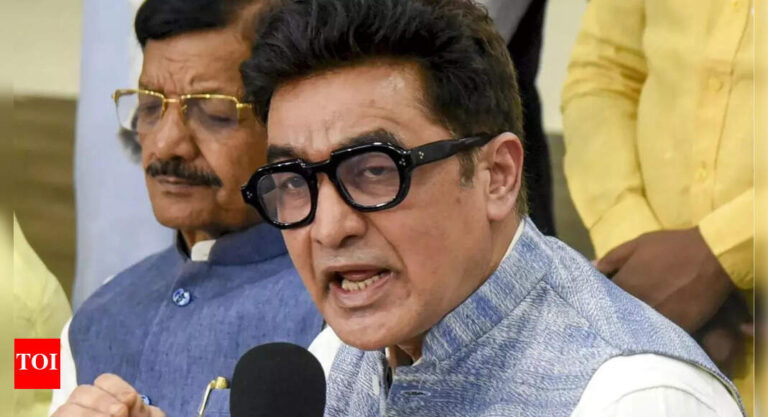
NEW DELHI: Over 50% of India’s graduates are employed in roles meant for lower skill levels, underscoring a deep mismatch between education and job opportunities. And what’s of even greater concern, despite greater access to higher education, a staggering 88% of India’s workforce remains engaged in low-competency occupations, a report by Institute for Competitiveness, India’s affiliate of Institute for Strategy and Competitiveness at Harvard Business School, has said.The crisis is compounded by regional disparities – states like Bihar and Uttar Pradesh lag on high-skill job shares, while UTs and states, such as Chandigarh, Puducherry, Goa, and Kerala lead in better utilisation of skilled professionals.The report, “Skills for the Future: Transforming India’s Workforce Landscape”, used Periodic Labour Force Survey data from 2017-18 to 2023-24. It found only 8.25% of graduates (Educational Skill Level 3) are in roles matching their qualifications, while more than half work lower-skill jobs. As much as 88% of the workforce is engaged in low-skill (Skill Level 1 and 2) jobs, such as street vending, domestic work, and manual operations, even as enrolment in education and vocational training has risen.The “Mismatch Table” in the report, released by Jayant Chaudhary, minister of skill development and entrepreneurship, revealed that over 50% of graduates are employed in roles like clerks, machine operators, and sales workers (Skill Level 2). While 38.23% of graduates are in Skill Level 4 jobs, 28.12% of postgraduates are in mid-skill occupations, pointing to underutilised talent. It also noted many underqualified cases – workers lacking formal education for higher-skill jobs – were likely compensated by informal training or Technical and Vocational Education and Training . These patterns expose structural inefficiencies in labour market. And they are reflected in wage trends. Skill Level 1 workers earn minimum wages. Those at Skill Level 2 have seen 5-6% annual wage growth, while Skill Level 3 and 4 professionals saw 8-12% growth, reinforcing the need to move more workers into high-competency roles. Delhi, Puducherry, and Goa have seen modest increases in mid- and high-skill job shares.







